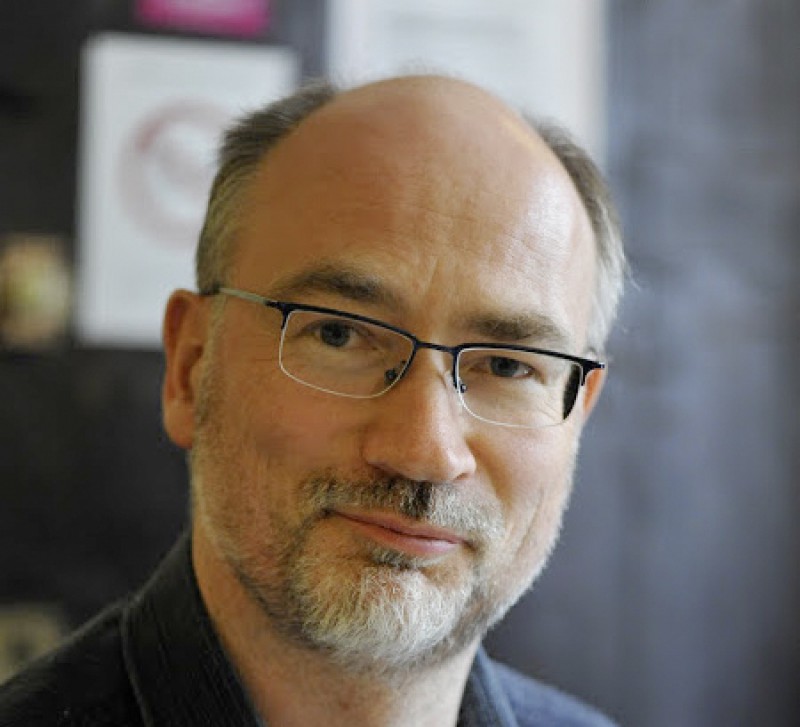KLI Colloquia are invited research talks of about an hour followed by 30 min discussion. The talks are held in English, open to the public, and offered in hybrid format.
Fall-Winter 2025-2026 KLI Colloquium Series
Join Zoom Meeting
https://us02web.zoom.us/j/5881861923?omn=85945744831
Meeting ID: 588 186 1923
25 Sept 2025 (Thurs) 3-4:30 PM CET
A Dynamic Canvas Model of Butterfly and Moth Color Patterns
Richard Gawne (Nevada State Museum)
14 Oct 2025 (Tues) 3-4:30 PM CET
Vienna, the Laboratory of Modernity
Richard Cockett (The Economist)
23 Oct 2025 (Thurs) 3-4:30 PM CET
How Darwinian is Darwinian Enough? The Case of Evolution and the Origins of Life
Ludo Schoenmakers (KLI)
6 Nov (Thurs) 3-4:30 PM CET
Common Knowledge Considered as Cause and Effect of Behavioral Modernity
Ronald Planer (University of Wollongong)
20 Nov (Thurs) 3-4:30 PM CET
Rates of Evolution, Time Scaling, and the Decoupling of Micro- and Macroevolution
Thomas Hansen (University of Oslo)
RESCHEDULED: 18 Dec (Thurs) 3-4:30 PM CET
Chance, Necessity, and the Evolution of Evolvability
Cristina Villegas (KLI)
8 Jan 2026 (Thurs) 3-4:30 PM CET
Embodied Rationality: Normative and Evolutionary Foundations
Enrico Petracca (KLI)
15 Jan 2026 (Thurs) 3-4:30 PM CET
On Experimental Models of Developmental Plasticity and Evolutionary Novelty
Patricia Beldade (Lisbon University)
29 Jan 2026 (Thurs) 3-4:30 PM CET
Jan Baedke (Ruhr University Bochum)
Event Details

Topic description:
Space is vast and apparently it would be almost hopeless to find far away stars or galaxies without the guidance of their emitted light. Sequences space, in which proteins occupy tiny patches of relatively high fitness, is even vaster. Yet evolution managed to find these lone islands, or stars, which would be represented by different proteins. So, not all is lost, but what are the driving forces which nature exploits to find quadrants with those (presumably) few and tiny areas of relatively high fitness which become amenable to selection and adaptation? We use simulations, data from comparative genomics and experimental approaches to understand the transition from one phenotpye (structure) to another, the creation of completely novel (i.e previously unseen) phenotypes and their modular rearrangements which create new functionalities. We propose that, among other forces, weak gradients of sub-optimal ("latent") functions span large areas of sequence space and help find high-fitness areas, that phenotypic mutations ("errors" during replication) help anticipate forthcoming beneficial mutations and that novel coding material is gradually incorporated into reading frames and rapidly utilised by the cellular machinery. -
--------------------------------------------------------- Related publications: ------------------------------------------------------ Bornberg-Bauer E and MM Alba, Curr Opn Struct Biol. 23(3):459-66, 2013.
Sikosek T et al., PNAS, 109(37):14888, 2012.
Sikosek T et al., PLoS Comput Biol 8(9):e1002659, 2012.
Bornberg-Bauer E et al., Curr Opn Struct Biol. 20(3):390-6, 2010.
Whitehead D et al., Biology Direct, 3:18, 2008.
Wroe R, et al. HFSP J. 1(1):79, 2007.
Cui Y, et al. PNAS 99(2):809, 2002.
Bornberg-Bauer E and Chan HS, PNAS 96(19):10689, 1999.
Bornberg-Bauer E, Biophys J, 73(5):2393, 1997.
Biographical note:
Erich Bornberg-Bauer (http://bornberglab.org/people/bornberg) studied biochemistry and maths in Vienna where he obtained his Phd in 1995 with Peter Schuster, working on theoretical aspects of RNA and protein evolution. Thereafter he worked as Assistant Professor in numerical mathematics before joining the German Cancer Reserach Centre in Heidelberg (Germany) in 1996, working as project manager in a startup IT company (EML, now HITS) in Heidelberg and becoming a Senior Lecturer in Bioinformatics in Manchester (UK) in 2000. Since 2003 he is a Full Professor of Molecular Evolution and Bioinformatics at the University of Münster (Germany) and leads a group working on evolutionary and biophysical aspects of protein, RNA and genome evolution and collaborating with many experimental groups, mainly on genome analysis of social insects and deciphering signatures of ecological adaptation.


